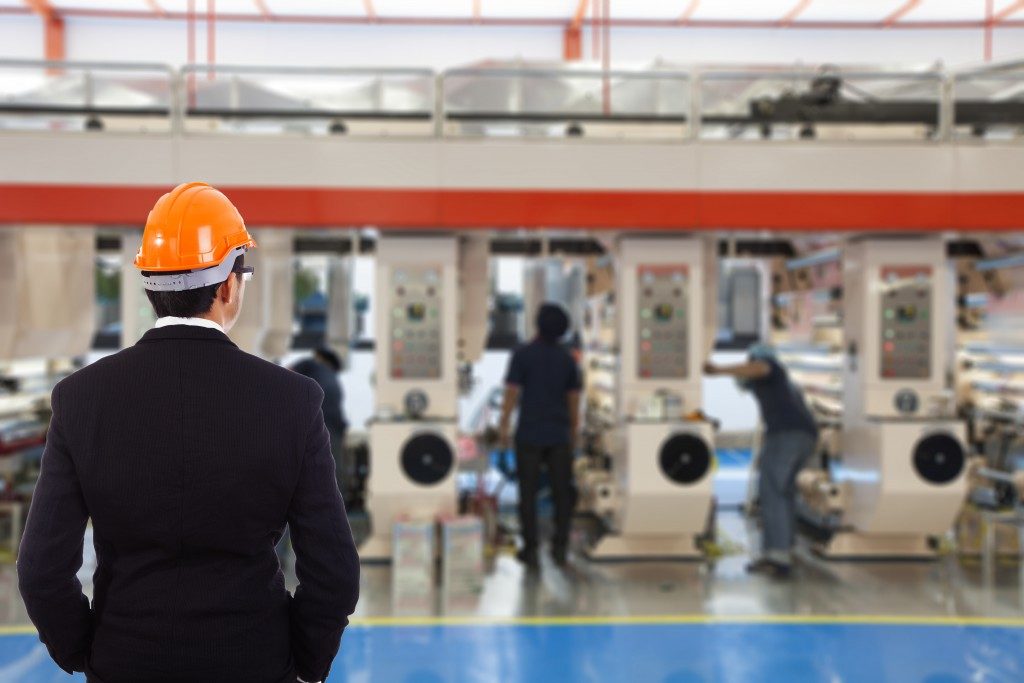The manufacturing industry is one of the most affected by the spread of the COVID-19 virus around the world. A vast majority (about 70 percent) of big and small manufacturing companies in the west rely on raw materials, machined parts, assemblies, and equipment from Asia, specifically China. As the pandemic progressed and countries shut down their economies to contain the spread of the deadly virus, problems began to emerge in the manufacturing industry:
- Disruptions in the supply chain – Manufacturers had to contend with total and partial bans in the transport of goods from the countries where they outsourced their materials.
- Longer, trans-continental transport – Many American manufacturers were forced to reroute their supply transport routes to the China-Europe rail which runs from China, passes through Central Asia, and through to Europe. Companies that normally used air freight from Asia to the U.S. have had to deal with delays in the arrival of their essential supplies.
- Revenue losses – Manufacturers whose key clients are also heavily affected by the Coronavirus pandemic, (e.g., the airline, auto, oil, and travel industries) are getting cancellations, project delays, and lower sales revenue.
In light of these challenges, manufacturers must be innovative in responding to shipment delays, shortages of materials, and reduced budgets for operations. They also need to impose strict rules that directly address the key concerns of the COVID-19 pandemic, which are transmission and quarantine.
The current time demands wise leadership, a thorough understanding of a company’s manufacturing processes, expertise and innovation in engineering, and compassion from decision-makers. They can consider the following steps:

- Impose strict on-site rules that observe the World Health Organization’s guidelines, i.e., maintaining at least a one-meter or three-foot distance between individuals, frequent hand-washing, and covering the mouth and nose when coughing or sneezing. This will be difficult for companies where employees must work side-by-side, but company leaders must prioritize their workforce’s health and well-being.
- Make self-quarantine mandatory for employees with recent travel histories (especially if coming from countries or cities with high numbers of COVID-19 cases). It should also be mandatory for employees who experience difficulty in breathing or show signs of having a cold, cough, or fever.
- Restrict future travels to countries or cities with high infection rates. Implement work-from-home arrangements for long-distance employees and complete business transactions over the phone or Internet instead of having anyone in your team visit suppliers or partners personally.
- Allow the use of leaves of absences for pandemic-related situations, like needing an afternoon off to stock up on groceries or finding computer equipment that can support the company’s demanding programs and software.
- Explore alternatives for materials that are arriving late due to supply chain bottlenecks. PPE (personal protective equipment) manufacturers, for example, are now looking at 3D printers, neighborhood seamstresses, fashion houses and luxury labels to help fill the gaps in PPE production lines.
- Strengthen the bonds with suppliers and clients who are based in severely-affected areas. Now is not the time to burn bridges: there’s a good chance that the same parties will need each other in getting their businesses back to full health once the pandemic has passed. Extending help and showing compassion at this time can later pay off as customer loyalty.
Despite humankind’s accomplishments in big data analysis, globalization, medical technology, and scientific research, the world is still uncertain of what the next few months will be like. But rather than focus on the unknown, manufacturers will be better served making the right decisions for matters that are within their sphere of influence.

